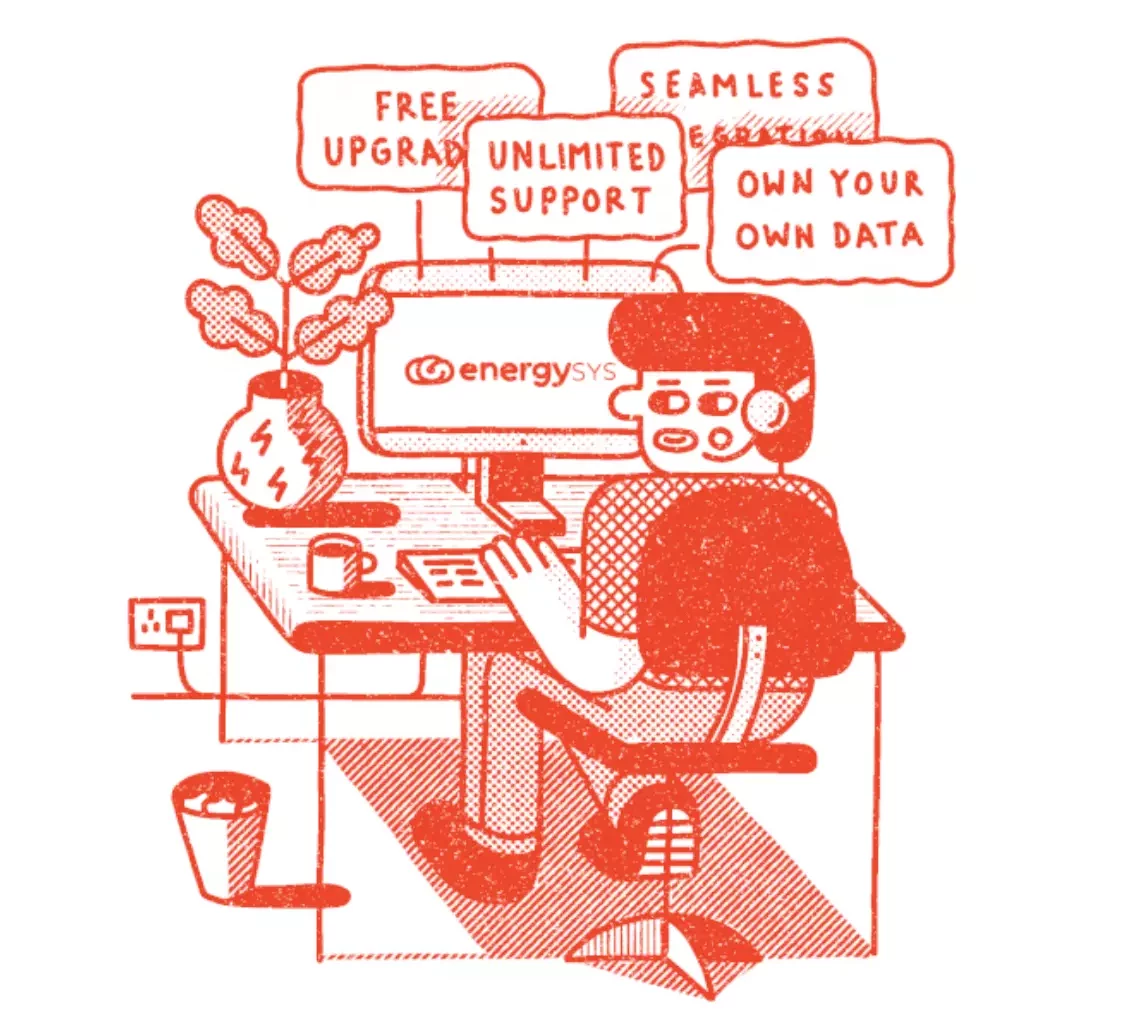Reflection and evolution
In my last post, I discussed the origins of our company, what motivated us, and the problems we were trying to address. I discussed our primary driver as the belief that it had to be possible “to do it better”. As the company evolved, nowhere was this need for improvement through transforming digital solutions for oil and gas.
The path wasn’t easy.
Our experience
We had a huge amount of experience in transforming software for tracking and reporting of ownership of hydrocarbons. However, we didn’t think that customers got the systems they really needed. This is a specialist area.
You can certainly be forgiven if you’ve never heard of hydrocarbon accounting or production allocation. It’s a key part of the oil and gas business. Managing this data is at the core of every partnership between oil and gas companies who are developing an asset together.
Managing the ease and the expense
At that time, the available systems, including ours, were hugely expensive to acquire. They required massive amounts of man-time to implement and maintain. Software vendors built their fortunes from man-time services, so it was not in their interest to make systems easy to set up, or easy to change. And that struck us as particularly odd, as hydrocarbon accounting systems generally need to change on a regular basis.
Transforming digital solutions for oil and gas meant many new elements. It meant new fields, new assets, new partners, new metering, new buyers and new agreements. It was rare to find a system that didn’t need to be changed at least once a year, and often several times a year, and that required a project and expensive man-time services. If customers had been buying electricity, it was as if the suppliers asked customers to describe their ideal power station, and then they built it from a set of parts like generators and turbines.
A plan to change
The system would be constructed entirely to the customer’s specification, ignoring the fact that they would typically have almost no knowledge of a power station and how it worked. Given this, it’s possibly not surprising that many of the systems that vendors delivered did not actually do what was needed, and a number of projects were complete failures.
We set out to address this. Over the next few years, each time we started a client project we re-evaluated and enhanced our systems architecture, and tried to think about change as a fundamental fact of life. We developed a lot of interesting technology, and delivered some really outstanding systems.
However, we didn’t achieve our goal. There were two reasons for this, and neither of them was about technology. We were trying to begin transforming digital solutions for oil and gas while delivering a customer project. This was doomed to failure. The time pressures of the project forced us to make decisions that worked for the project, but not for the product. Secondly, we were thinking as developers. We saw the amount of developer time, and we focused on what we could do to reduce this time on a project.
Moving forward
In 2007, we broke free. First, we invested our own money in developing a product. Free from the constraints of project timescales, costs and deliverables. Second, we thought about the problem differently. We asked the question: “What would it look like if we built a system that didn’t require developers and programming and was it possible for business users to configure themselves?”. I often describe our technology but this change of world view was absolutely fundamental to our transformation. We stopped being a man-time services company, instead becoming a product company. Focusing on what our customers really needed.
Next time, I’ll explain why we went to the cloud, at a time when people told us that hell would freeze over before customers would store their production data in the cloud.
